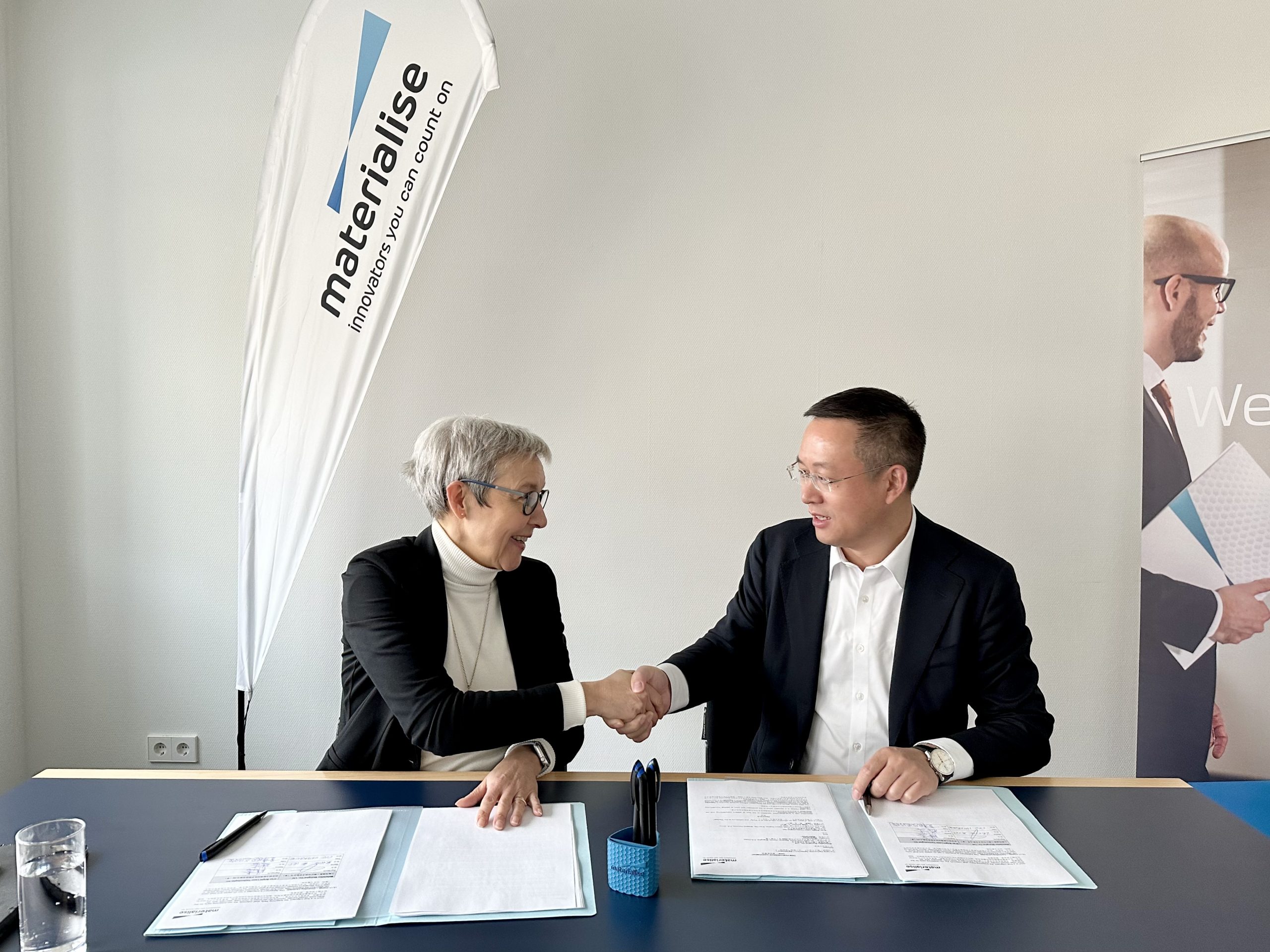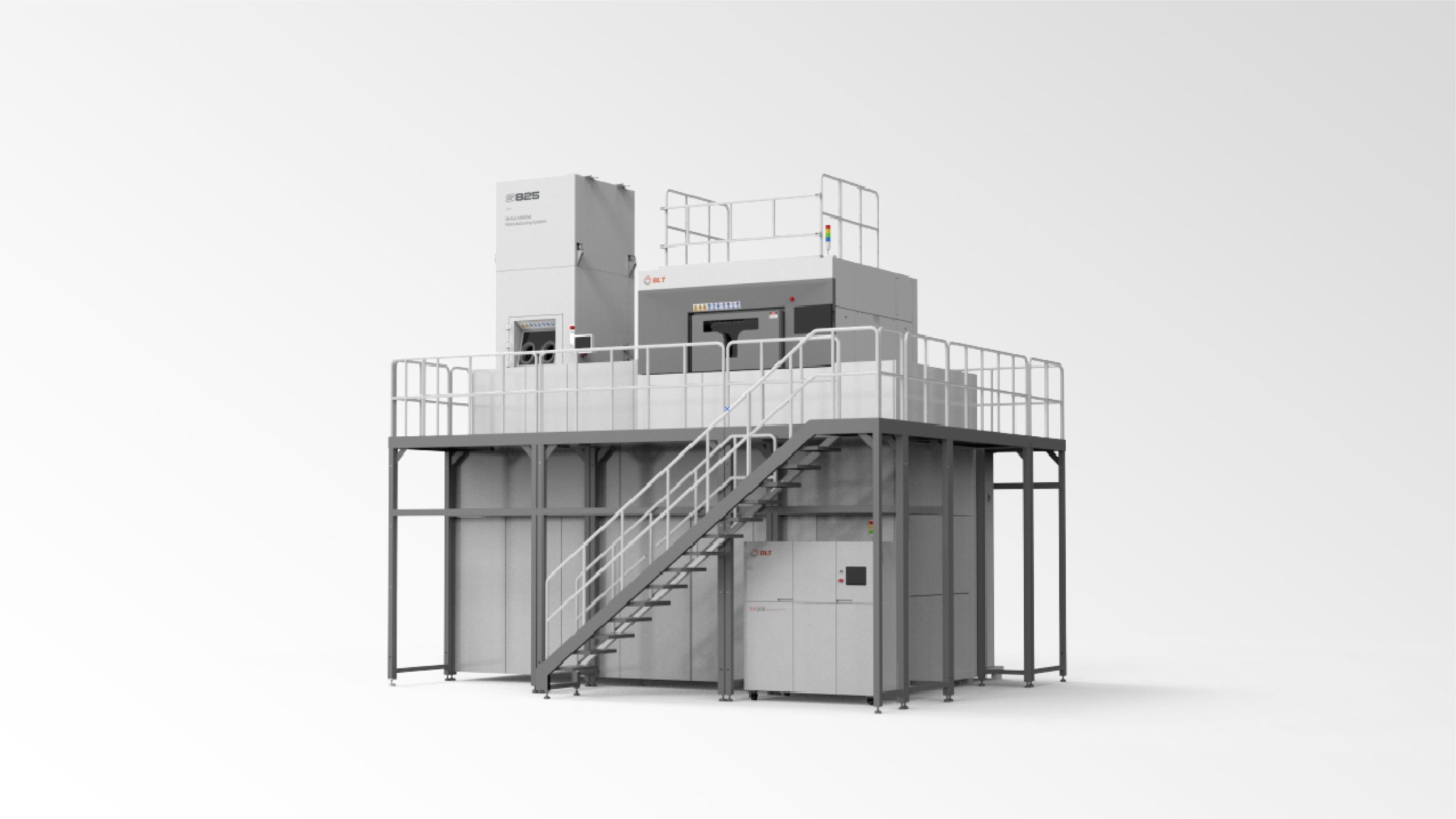Researchers from Harbin Institute of Technology and Harbin Engineering University have made significant progress in developing structural scaffold biomaterials for bone tissue defect repair. The research team, led by Professor Wu Linzhi, recently published a review in the academic journal Composite Structures.
The study focuses on the application of structural scaffold biomaterials in bone tissue defect repair, emphasizing the mechanical properties of natural bone materials. It explores the mechanical, permeability, and biological performance of metal and composite material scaffolds produced through additive manufacturing.

The researchers proposed a new design paradigm for structural scaffold biomaterials guided by personalized demand (DSBDP). This interdisciplinary approach aims to achieve an optimal balance between structure, mechanics, and biology in biomaterial design, improving clinical outcomes for bone defect repair.
Based on the DSBDP paradigm, the research group has conducted a series of studies published in prestigious journals including Materials & Design, Composite Structures, Journal of Alloys and Compounds, and Materials Letters. BLT provided technical support for this research series, including materials and machines. The pure titanium and titanium alloy samples mentioned in the article were manufactured using BLT-Ti and BLT-Ti64 materials on a BLT-S210.
BLT’s high-purity titanium powder, suitable for Laser-based powder bed fusion of metals (PBF-LB/M), complies with GB and ASTM standards. BLT has achieved mass production of high-quality BLT-Ti, with consistent quality across different batches.
As a leader in metal additive manufacturing, BLT continues to collaborate with universities and research institutes, supporting cutting-edge research in new processes, materials, and applications in the field of metal additive manufacturing.



